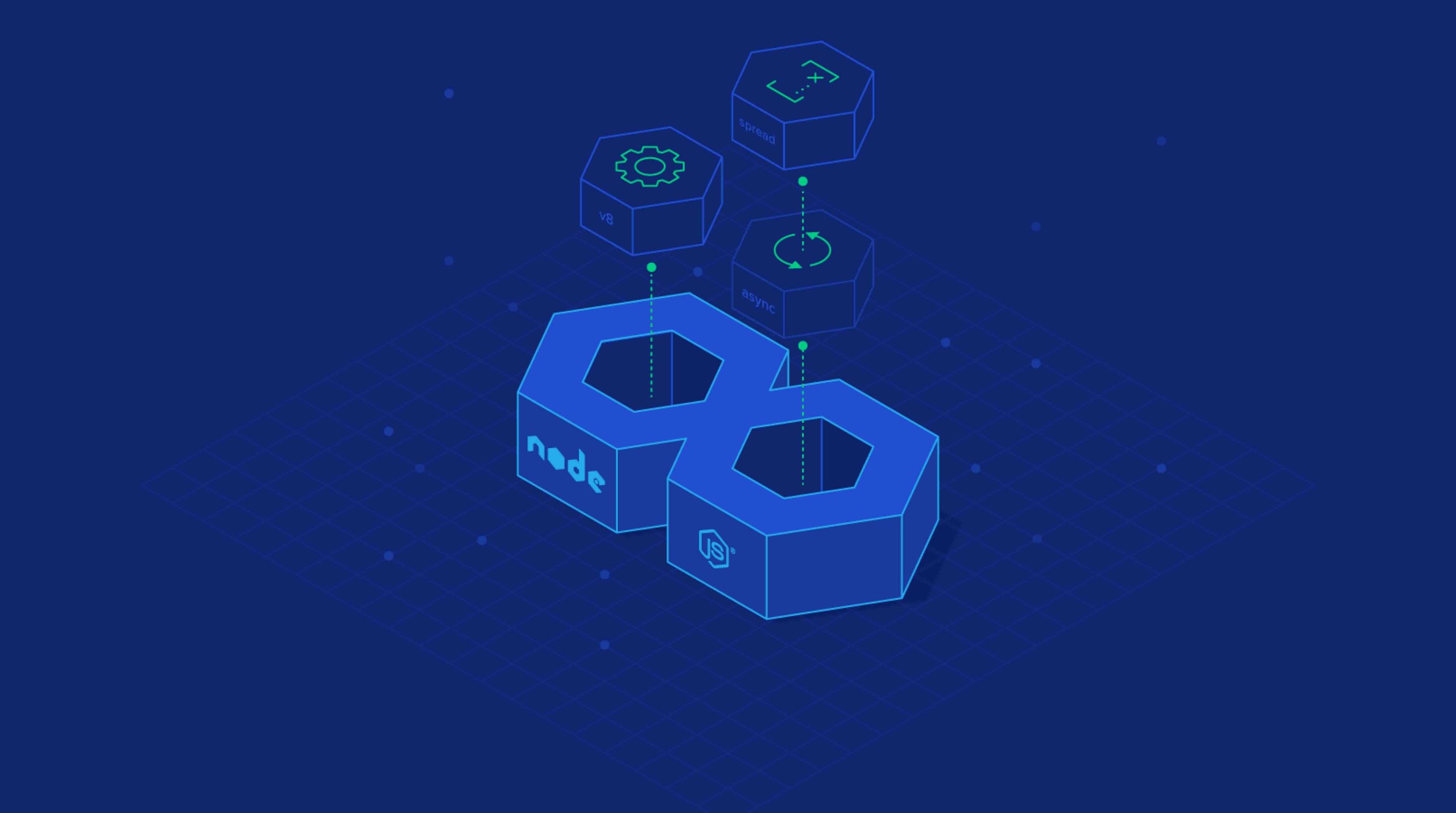- Application development
- Artificial Intelligence
- Augmented Reality
- Automation
- Big Data
- CI/CD
- Cloud Computing
- Cloud Strategy
- Crowd Sourcing
- Customer Experience (CX)
- Cybersecurity
- Data
- Developers
- DevOps
- Digital Marketing
- EDA
- Finance & Investment
- Financial Services
- Infrastructure Management
- IoT
- IT staff augmentation
- Manufacturing
- Mobile App Development
- Modern Technology
- Open Banking
- Outsource Software Development
- Performance Optimization
- Product Development
- Quality Engineering
- Security
- Software Development
- Software Testing
- Team Augmentation
Hybrid learning model: types, the pros, and the cons
September 10, 2021
The education sector saw a massive upheaval in the previous year and a half. In trying to resume classes, educators and institutions were seen implementing technology in multiple ways trying to find a medium that works the best.
One mode of learning that has garnered a lot of positive attention is the Hybrid Learning Model. It is a process where the teacher teaches in-class and remote students simultaneously — making it a viable solution during the pandemic where restrictions on going outdoors defer based not just on regions but also on individual health conditions.
Types of Hybrid Learning
The key to successfully leveraging the hybrid learning model is being able to implement the best of face-to-face environment and virtual learning, maximizing their plus-points without compromising on the quality of teaching. There are a few widely recognized hybrid learning models that have popularly emerged fruitful. Educators have deployed all of them based on the learning needs of their students.
The Differentiated Learning Model involves simultaneous attending of lectures by students both in-person and from their homes using online conferencing platforms or classrooms where they receive instructions synchronously. Following which they are allocated asynchronous activities via an LMS portal which they again discuss synchronously.
The Split A/B Model involves dividing the classroom into two groups based on their in-person availability. Group A is given online instructions via ‘flipped videos’ on their allocated days through links or by uploading the content on an LMS, while Group B gets the same set of instructions on their days face-to-face. The class can then interconnect on a single day as a homeroom day or an open day for discussion sort of interaction.
Another common model is the Flipped Learning Model where students are provided with the instructional material on a learning portal to go through in their own time — in any format — which then the class meets and discusses, expands or work on when they meet for an in-person session.
Pros of the Hybrid Learning Model
The biggest advantage of the hybrid learning model is the flexibility it provides to both the educators as well as the learners. Flexibility in schedules, teaching modes, learning pace, engagement mediums and more.
With technology, educators and learners have an opportunity to establish the same level of intimate connections in real-time while connecting remotely as in the face-to-face environment. The hybrid learning model also encourages an independent and self-reliant mode of education where students are free to peruse their material in their own time at their own pace with the added perk of revisiting the material or instructions again if need be.
Cons of the Hybrid Learning Model
Hybrid learning assumes that every student tuning in for the lessons will have optimal speed internet and the proper devices to access the lessons, putting the virtual students without the proper technical requirements at a disadvantage.
While opening up possibilities of learning for students at their own pace, the model can be challenging for students who lack time management skills, the ability to prioritize, or other such necessary organizational skills. The hybrid learning model might also have a negative impact on the virtual students mentally when they see their peers interacting in class while they themselves are tuning in from the isolation of their rooms.
Challenges of the Hybrid Learning Model
The primary challenge for educators especially in India is the steep learning curve for them to become proficient at using and understanding the various technology used — for content creation and organization, for operating online classrooms or working with an LMS portal and troubleshooting the problems that might pop up during sessions.
An equally daunting challenge is the technology inequality among the students where not every learner may have access to the internet or the proper compliant devices for the technology or software required to run/view their lessons. For the model to be a success, there needs to be a concentrated effort to be made to overcome the cons of the learning model.
Learning is a dynamic process — and so is the process of learning to teach. Humans are highly adaptive creatures and with enough time, the day is not far away when hybrid models of teaching will be the norm. With creativity and intentionality, educators can morph this preliminary hybrid learning model and personalize it as per their capabilities and necessities.
As technology enablers, IT solutions companies like NeoSOFT Technologies have their work cut out. As technology advances, IT companies in affiliation with the educational institutions need to continue integrating superior tools and deploying solutions that are designed to be utilitarian as well as intuitive for both the learners as well as educators from all levels of technology backgrounds. So that educators are empowered to not compromise on the quality of their teaching methods and learners are the least affected by issues of tech inequity or their remote availability on their path to knowledge.
Recommended















